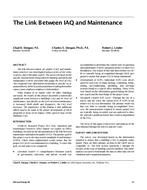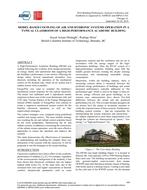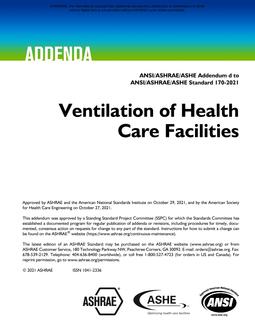Laminar airflow is the establishment of finely thin layers of air in a uniform direction and at uniform velocity. At proper velocities laminar flow can be maintained through a room without air turbulence, i.e., intermixing of these air layers.
This airflow arrangement provides an effective method of capturing (entraining) dust particles existing within a given space and conducting these particles in a positive manner out of the area.
Successful post-operative recovery of the patient is the surgeon’s primary concern once surgical procedures are completed. Laminar airflow is applied in the surgery to minimize the incidence of post-operative infection by providing an exceptionally clean surgery atmosphere. The bacteria contribution to the surgery procedure is introduced in the surgery arena essentially through skin scaffing, gowning shedding, partial escape of breathing exhalation through surgical masks, and bacteria contamination from the patient. The bacteria moves about the room on some form of host carrier, namely, dust, lint or skin particles of various sizes. The laminar flow currents entrain the bacteria conveying particles, moving them away from the critical operating area and out of the surgery to the recirculating air handling unit, prefilters, and finally absolute filters (HEPA).
This paper discusses the various airflow systems and the desirability of using laminar airflow in surgical suites and other medical settings to help prevent infection.
Citation: ASHRAE Transactions, Volume 82, Part 1, Dallas, TX
Product Details
- Published:
- 1976
- Number of Pages:
- 15
- File Size:
- 1 file , 1.2 MB
- Product Code(s):
- D-DA-2397


